Category: State
-
Ballotpedia study shows that 29 state APAs require administrative agencies to accept oral evidence during adjudicative hearings

A Ballotpedia study of all 50 state constitutions and administrative procedure acts (APAs) showed that 29 state APAs require administrative agencies to accept oral evidence during adjudicative hearings, as of August 2020. Administrative agencies in those states hear oral testimony during hearings like a state court. Adjudication proceedings include agency determinations outside of the rulemaking…
-
What states allow absentee/mail-in ballots to be counted before polls close?

The rules and procedures governing absentee or mail-in ballots vary widely from state to state. One key difference is when states are allowed to begin counting absentee or mail-in ballots. Thirty-four states do not allow absentee/mail-in ballot counting to begin either until Election Day or after polls close. Sixteen states allow officials to begin counting…
-
Washington Supreme Court allows sheriff recall to move forward
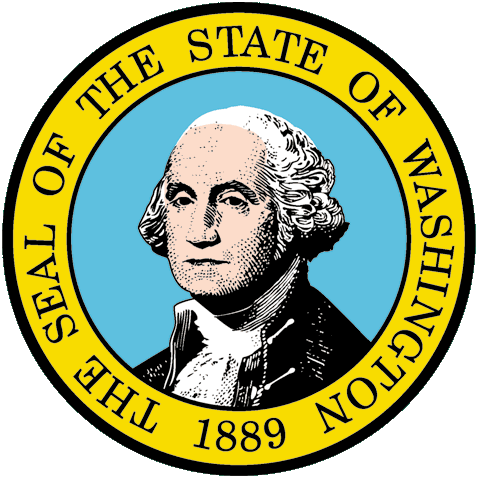
The Washington Supreme Court ruled on September 10, 2020, that a recall effort against Snohomish County Sheriff Adam Fortney could begin circulating petitions. It is the second recall effort against Fortney to be approved for circulation this year. The efforts began after Fortney announced in April 2020 that his office would not enforce restrictions Gov.…
-
Florida Supreme Court nullifies appointment, orders governor to select new nominee
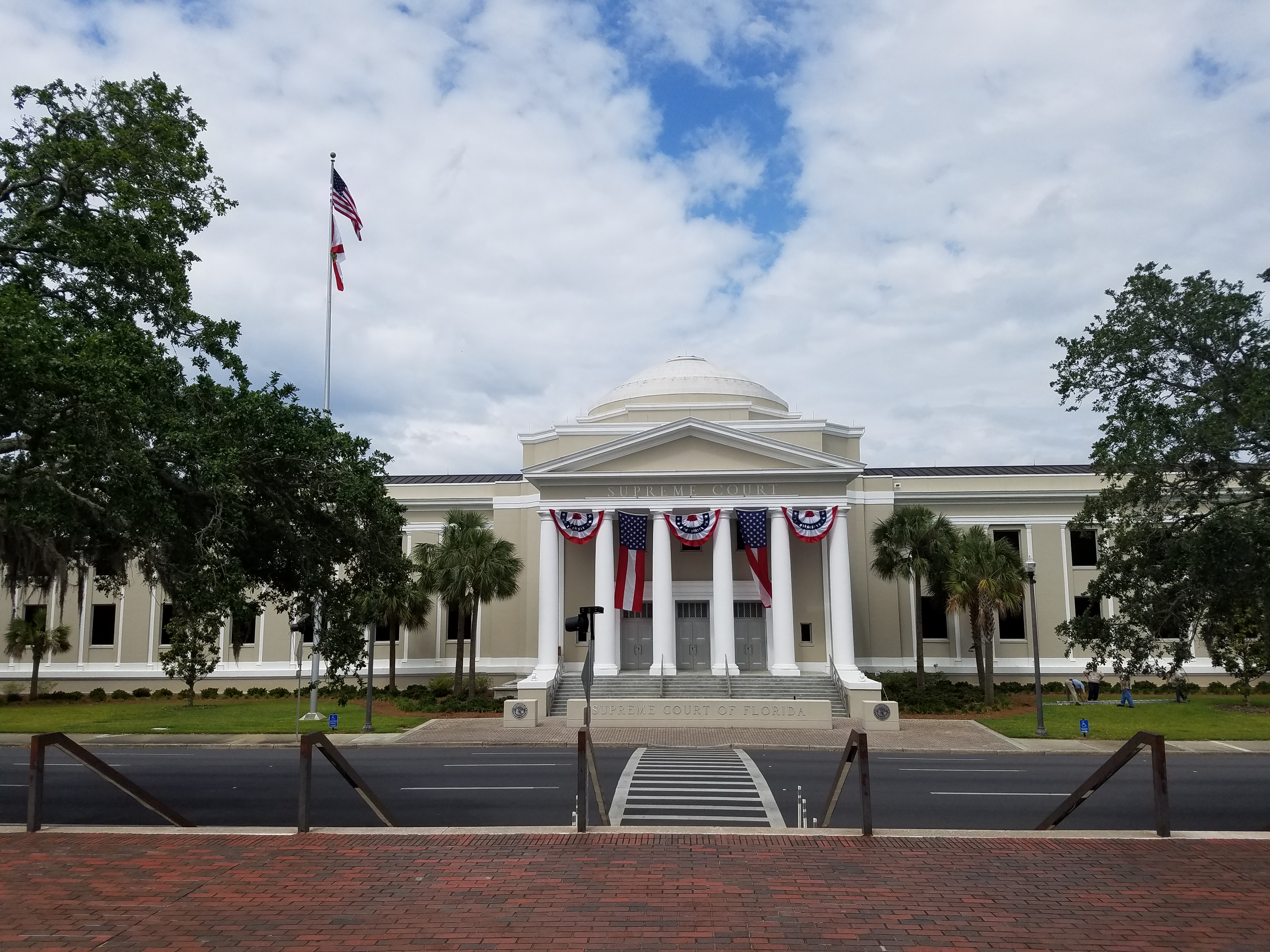
Five members of the Florida Supreme Court unanimously ruled against the appointment of Renatha Francis. Justice John Couriel recused himself. The court ordered Gov. Ron DeSantis (R) to select a new nominee from a list of seven recommended by a judicial nominating commission. Gov. Ron DeSantis (R) had appointed Francis to the state supreme court…
-
Voters to decide Delaware’s congressional primaries

The statewide primary for Delaware is on September 15, 2020. The filing deadline to run passed on July 14, 2020. Candidates are running in congressional elections for one seat in the U.S. House and one seat in the U.S. Senate. Primary winners will advance to the general election scheduled for November 3, 2020. Delaware’s primary…
-
New Hampshire, Rhode Island hold congressional primaries on September 8
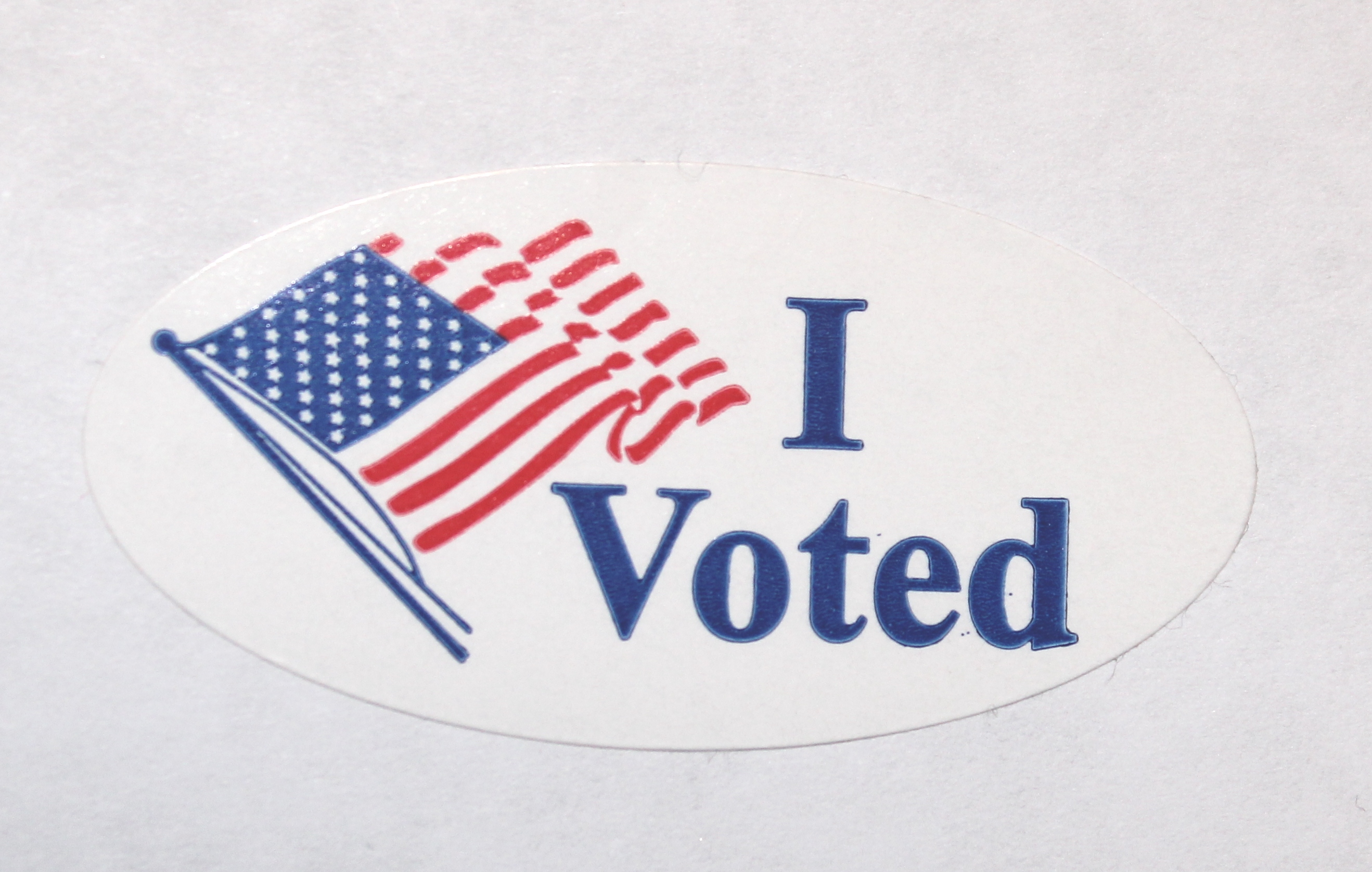
On September 8, New Hampshire and Rhode Island held statewide primaries. A total of six congressional seats—two U.S. Senate seats and four U.S. House seats—were on the ballot. All six incumbents filed for re-election and won their respective primaries. The primary winners advanced to the general election on November 3. New Hampshire Incumbent Jeanne Shaheen…
-
September 8 primary review: Unofficial results from New Hampshire and Rhode Island indicate majority of opposed incumbents defeated primary challengers
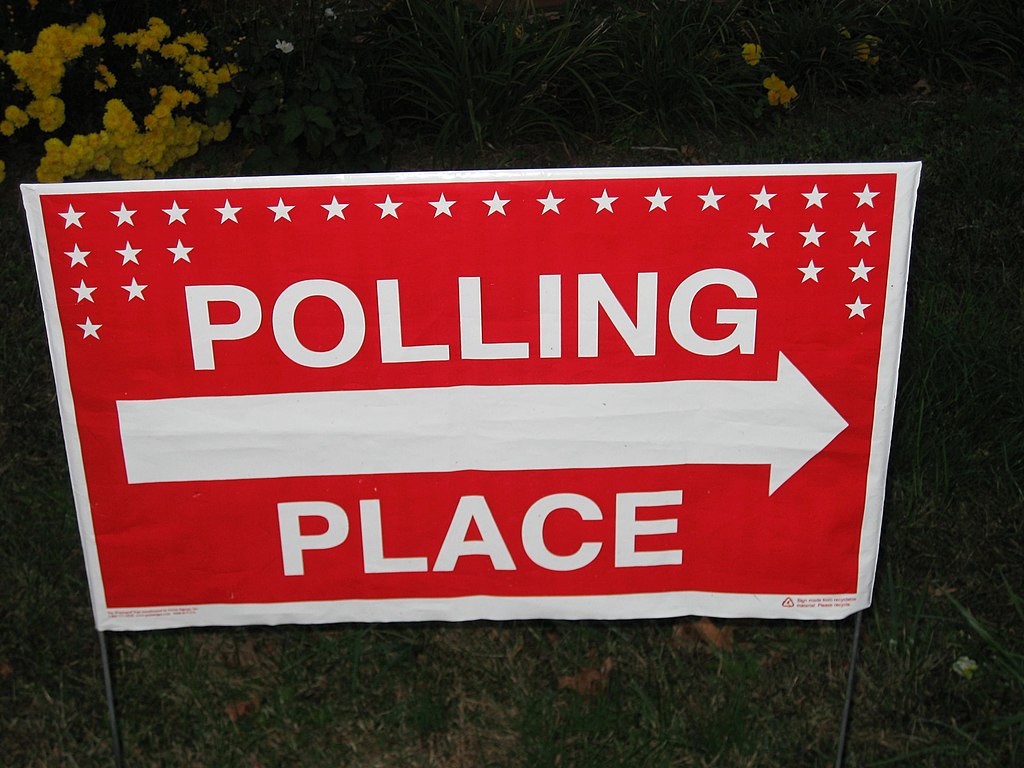
New Hampshire and Rhode Island held statewide primaries on September 8, 2020. Candidates ran in elections for the following offices. New Hampshire: • Governor: Incumbent Chris Sununu (R) faced two primary challengers and advanced to the general election. He faces Dan Feltes (D) and Darryl Perry (L) in the general election. • Executive Council (5…
-
Voters to decide state executive, legislative primaries in Delaware
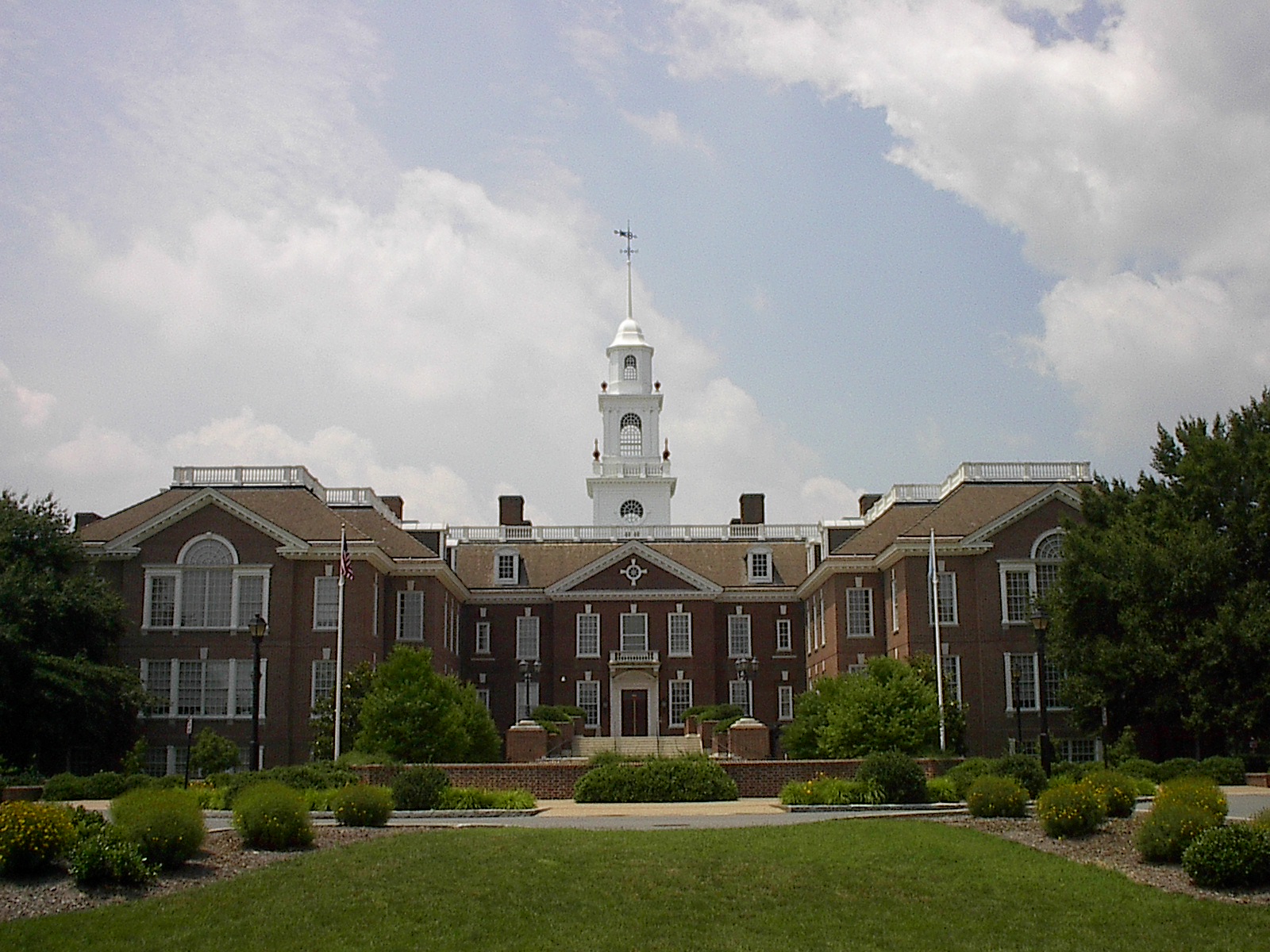
The statewide primary election for Delaware is on September 15. This is the last statewide primary before the November general election. A total of 55 seats are up for election, including three state executive seats and 52 state legislative seats. Candidates are running in elections for the following offices: • Governor • Lieutenant Governor •…
-
Alabama State Senate District 26 special election set for March 2, 2021

A new state legislative special election has been added to our list. The special election is for the District 26 seat in the Alabama State Senate on March 2, 2021. The primary is on November 17, the primary runoff is on December 15 if no candidate receives a majority of the vote in the primary,…
-
New Hampshire, Rhode Island holding primaries September 8
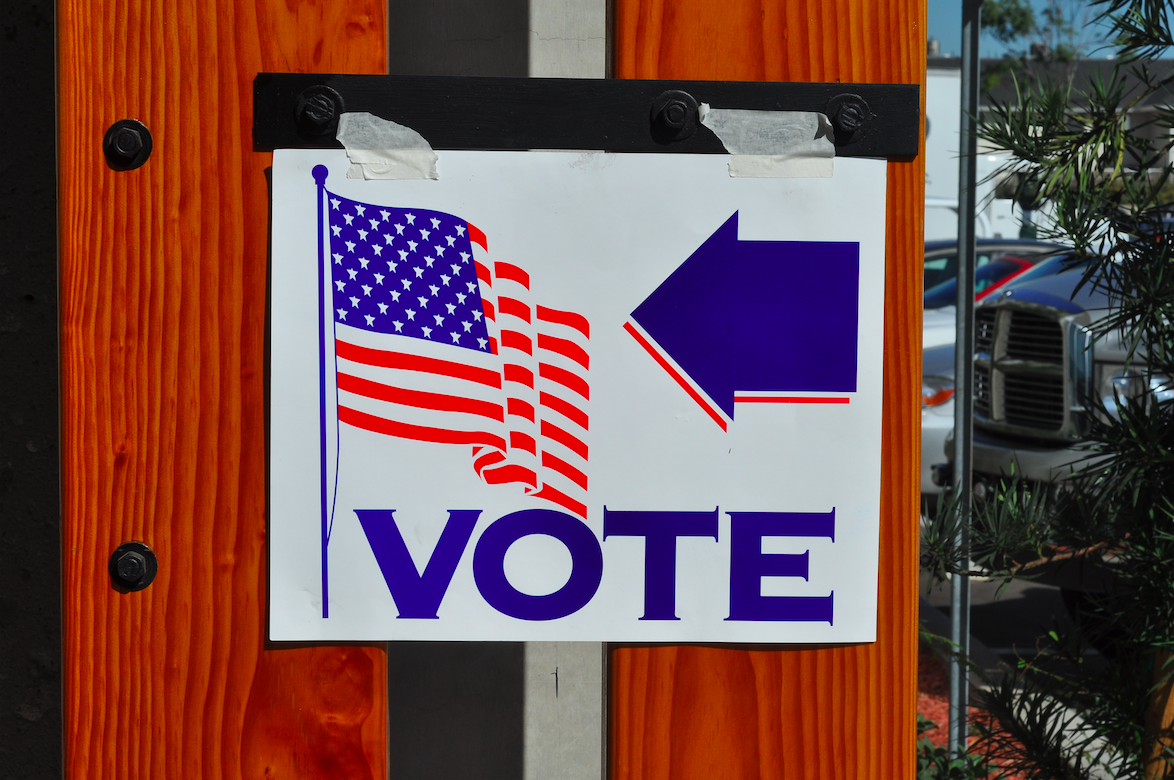
New Hampshire and Rhode Island are holding statewide primaries on September 8, 2020. Candidates are running in elections for the following offices in each state: New Hampshire • U.S. Senate (1 seat) • U.S. House (2 seats) • Governor • Executive Council (5 seats) • State Senate (24 seats) • State House of Representatives (400…

